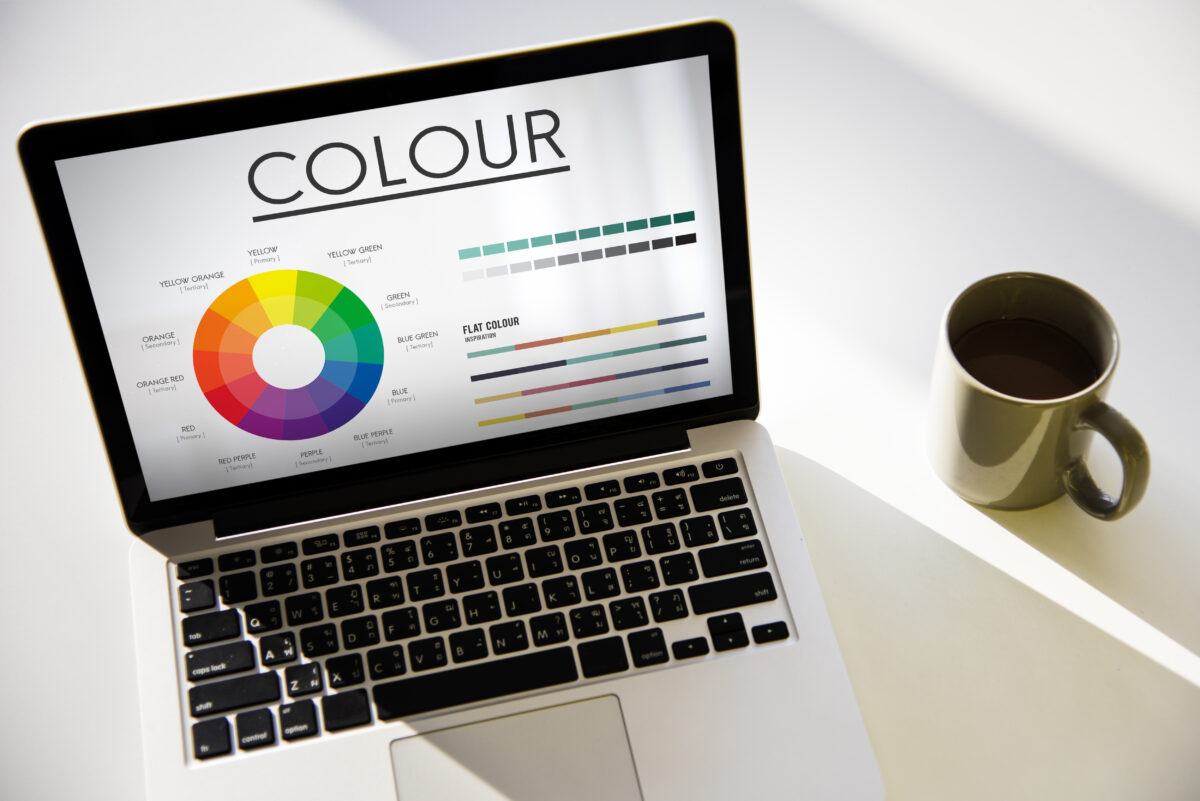Color psychology is a powerful tool for web designers. They can create visually stunning websites with the right color choices that inspire and motivate people. The psychological effects of different colors can influence users’ moods, emotions, and behavior, making it crucial for designers to consider their choices carefully. By understanding how colors impact individuals, designers can create online experiences that leave a powerful impression on users. This article explores the basics of color psychology and its practical applications in web design, inspiring designers to create websites that leave a lasting impact.
The Power of Color:
Color is a powerful tool for communication, capable of evoking specific emotions, associations, and responses. Different colors have unique psychological effects on individuals, influencing their perception of a website and its content. For example, warm colors like red and orange evoke energy, passion, and urgency, while cool colors like blue and green are often associated with calmness, trust, and stability.
Color Theories:
Several color theories help designers understand how colors interact and affect human perception. The color wheel, for instance, organizes colors into primary, secondary, and tertiary categories, facilitating the creation of harmonious color schemes. Additionally, cultural influences can shape color associations, emphasizing the importance of considering the target audience’s cultural background when choosing colors for a website.
Implementing Color Psychology in Web Design:
When designing a website, selecting colors that align with the brand identity, target audience, and desired user actions is essential. For example, a website targeting children may incorporate vibrant and playful colors to create a sense of excitement and fun. At the same time, a financial institution may opt for more conservative colors to convey trust and reliability.
Contrast and Accessibility:
In addition to considering the psychological effects of individual colors, designers must also pay attention to color contrast and accessibility. High contrast between text and background colors enhances readability and usability, especially for visually impaired users. Similarly, ensuring color combinations meet accessibility standards ensures all users can access and interact with the website effectively.
Color psychology is a valuable tool for website designers seeking to optimize conversions and create engaging user experiences. By understanding the psychological effects of different colors and applying them strategically in web design, designers can elicit desired emotions and behaviors from website visitors, ultimately improving conversion rates and user satisfaction.

